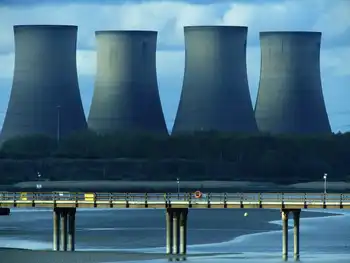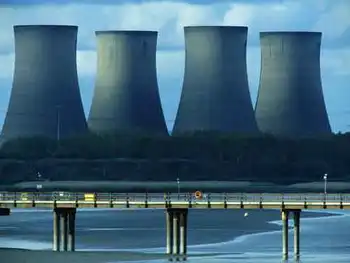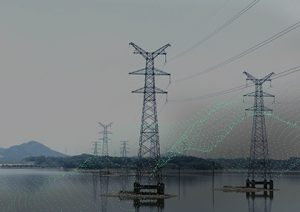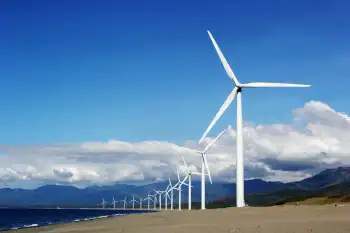IAEA advises caution as new wave of nuclear projects takes off
By Industrial Info Resources
Substation Relay Protection Training
Our customized live online or in‑person group training can be delivered to your staff at your location.

- Live Online
- 12 hours Instructor-led
- Group Training Available
He said that 12 nations, including Turkey, Egypt, Vietnam and Nigeria were actively preparing nuclear energy programs.
Surveying the new nuclear-power horizon which is energizing major power engineering companies worldwide, ElBaradei said China was currently constructing six reactors and anticipated growing installed nuclear power capacity by a factor of five by 2020.
Russia plans to more than double nuclear capacity by 2020 by adding 26 large reactors and 10 smaller units. India plans to expand nuclear power capacity by a factor of eight by 2022 and is currently constructing six reactors.
The IAEA expects nuclear energy to account for about 14% of electricity generated globally by 2030. In the same period global energy consumption is forecast to grow by about 50%, with growth in developing companies tripling.
ElBaradei cautioned on expectations of how quickly countries could have new nuclear reactors operating, saying that it could take a minimum of 10 years just to put the basic infrastructure in place. He said that there should be no corner-cutting, and although public attitudes had become positive to nuclear power, concern about nuclear waste should remain until the first final repository for high-level waste was operational.
On nuclear proliferation, ElBaradei said serious thought should be applied to some form of multi-national control over the fuel cycle. This would mean that every safeguard-compliant country would be assured of access to nuclear fuel that would not be interrupted for political reasons.
Indian opinion sees the new India-U.S. nuclear power deal as one of the motivators behind the revival of the dormant U.S. nuclear power industry. No plants have been built in the U.S. since 1973. A sign of this revival is the joint venture set up between Areva (67%) and Northrop Grumman Corporation (33%) to build nuclear reactor vessels, steam generators and other heavy equipment at Northrop's Newport, Virginia, shipyard.
The Areva Newport LLC venture is planning a 300,000-square-foot world-class manufacturing and engineering facility for Areva's third generation Evolutionary Power Reactor. The joint venture aims to leverage Northrop Grumman's shipbuilding program and expertise in building large nuclear and non-nuclear ships for the U.S. Navy and would generate about 500 jobs. Areva would like to build 33% of all new reactors around the world, with at least seven of these in the US.
In France, Toshiba Corporation announced that a consortium between Toshiba and Westinghouse had been awarded a $133 million contract by state-owned utility Electricite de France (EDF) for the renewal of stator coils in generators of more than 10 nuclear plants in France. The 10-year contract is part of EDF's continuous program to retrofit the key components in the company's 58 commissioned nuclear plants in the country.
After pre-installation arrangements, the manufacture of stator winding will begin at the end of the first quarter of 2009 at Toshiba's Keihin Product Operations in Yokohama, Japan, the hub of Toshiba's power generation equipment business. Three or four re-winding operations a year are anticipated for 900-MW and 1300-MW generators, starting in 2010. Japanese technical experts, with experience at nuclear sites in Japan, will provide EDF with technical support for smooth operation of the updated systems.
Westinghouse, a company in the Toshiba Corporation group, has supplied nuclear plant products and technologies to power utilities worldwide and claims to provide the technological basis for about 50% of all nuclear plants in operation.











